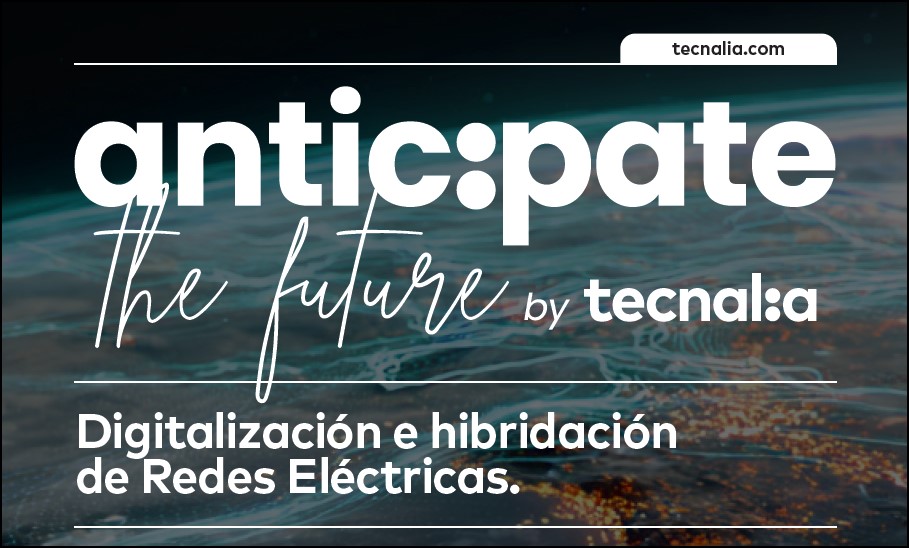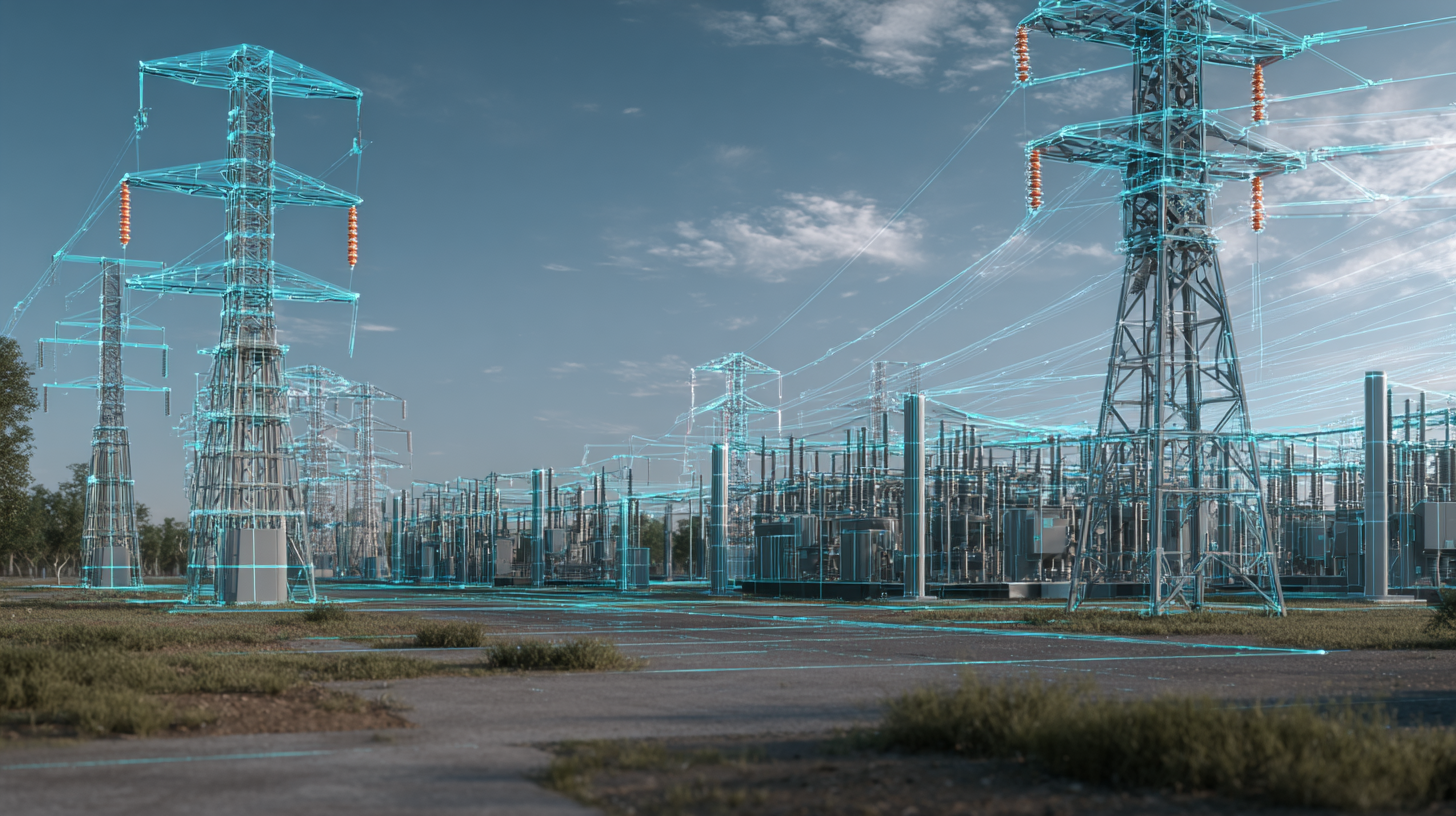Any value proposition that leads to improved infrastructures and brings us closer to a commitment to neutrality will benefit not only companies but also society as a whole. Consequently, the following are worth noting:
- BATTWIN, a digital twin of electric batteries that makes it possible to assess their ageing so as to calculate their useful life and rationalise their use.
- Georeferenced prospective modelling of energy demand and generation to identify the kinds of grid we will need to meet that demand, and when.
- SW tools to manage the flexibility we can get from distributed generation and demand, and optimise its use for the grid.
- Solutions to anticipate cybersecurity risks at substations and power grids and protect them from potential cyber-attacks



